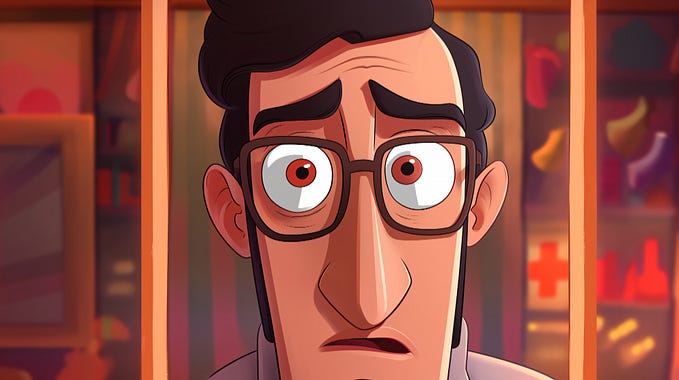Member-only story
Sweet Feed: Incarceration, Illness, and the Healing Power of Horses
I had never met a horse before. Suddenly, I was caring for five of them.

![]() The view of the farm is so picturesque, with its rolling hills, its cream-white barns and the Shawangunk mountains in the background, it’s almost surreal. The beauty of the place is a secret that the other workers and I keep to ourselves. I guess that might sound selfish, but this is the horse farm at Wallkill Correctional Facility, part of the Second Chances program run by the Thoroughbred Retirement Foundation. When I was assigned to work there in 2018 by the program committee, I didn’t have a clue what I was in for.
The view of the farm is so picturesque, with its rolling hills, its cream-white barns and the Shawangunk mountains in the background, it’s almost surreal. The beauty of the place is a secret that the other workers and I keep to ourselves. I guess that might sound selfish, but this is the horse farm at Wallkill Correctional Facility, part of the Second Chances program run by the Thoroughbred Retirement Foundation. When I was assigned to work there in 2018 by the program committee, I didn’t have a clue what I was in for.
On a cold day in March, I was ordered to report to the rear gate lineup with a dozen or so other men. We were frisked, then loaded into two vans — one driven by a civilian instructor, a young woman named Kelsey Kober, the other by a corrections officer — for the 10-minute ride to the farm. Upon arriving, I was interviewed by the pair of them. “Any allergies to hay?” No. “You scared of horses?” No. (Should I be? I wondered.) Then came the don’ts: Don’t ride the horses. Don’t enter the red barn (it was struck by lightning). And don’t leave the farm or go on any main streets or roads. Pretty much common sense. As for the do’s, it was basically: Do everything they ask and you’ll do alright.
The 80-acre farm is home to 50 horses, most of them former thoroughbred racehorses, living in groups separated by age and gender across eight fields. Each field is split in two parts with a shed in the middle. I had never been around horses in my life. Never even been on a farm. So, after receiving my overalls, boots, and gloves, I shadowed a worker while he fed the horses and cleaned and filled the water tub. The next day, we did it again. On the third day, it was my turn. I was a little apprehensive to enter the field on my own with six 1,200-pound animals. As I stepped through the gate, the horses approached, wanting the feed in the bucket I was holding. Horses can sense when someone is nervous; it makes them nervous, too. And if a horse gets edgy, it can cause a stir that moves like a wave through the herd. Then things can get ugly, or so I’d been warned. As the horses got closer, I almost dropped the bucket and ran. But I knew my peers…









